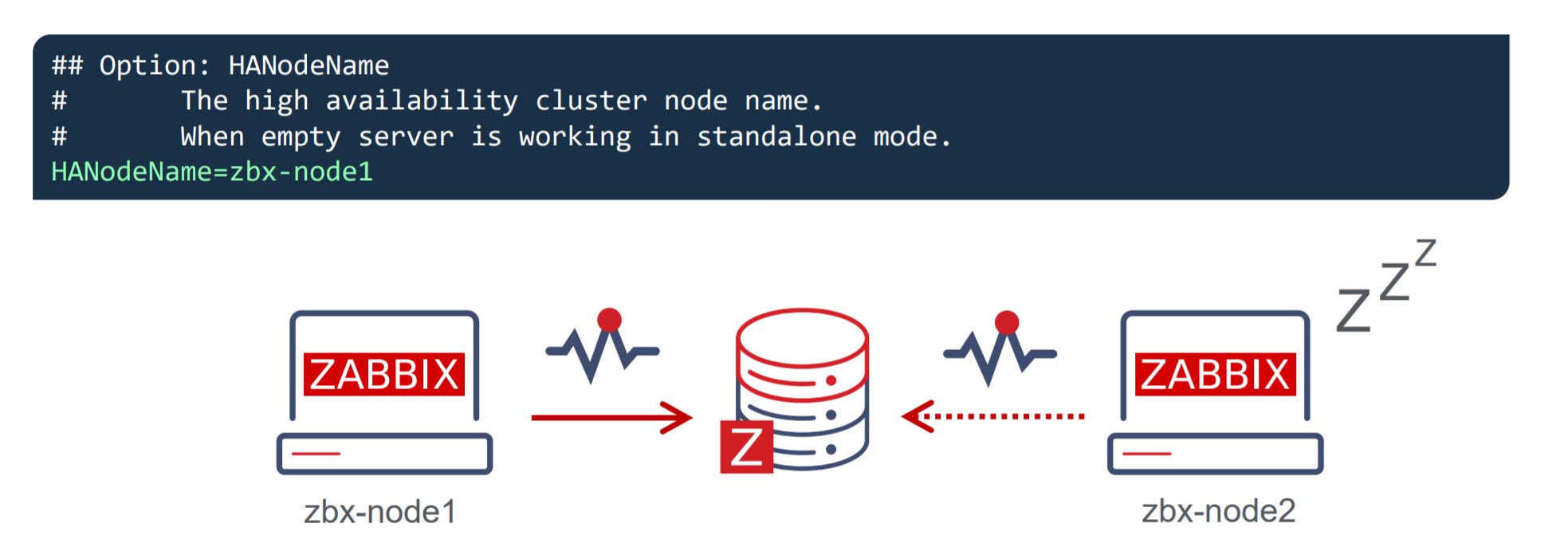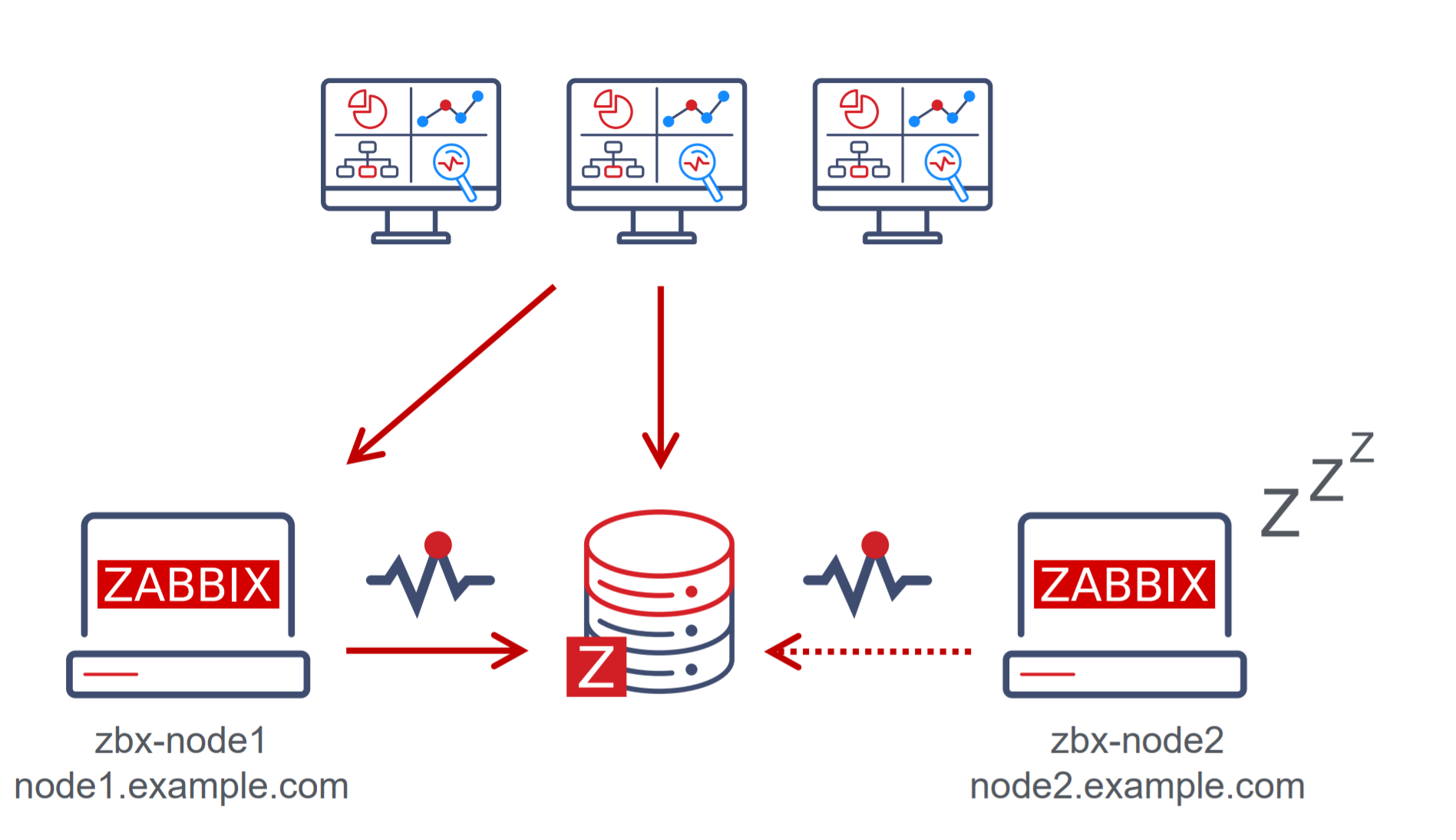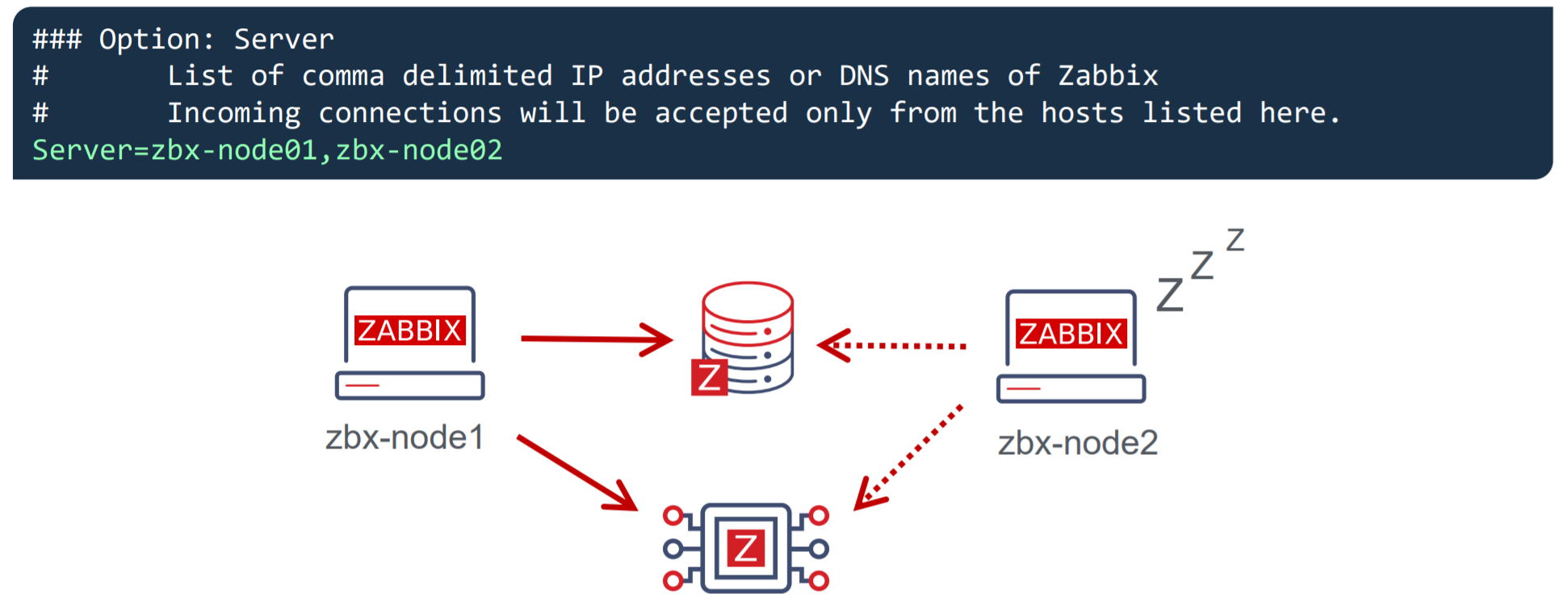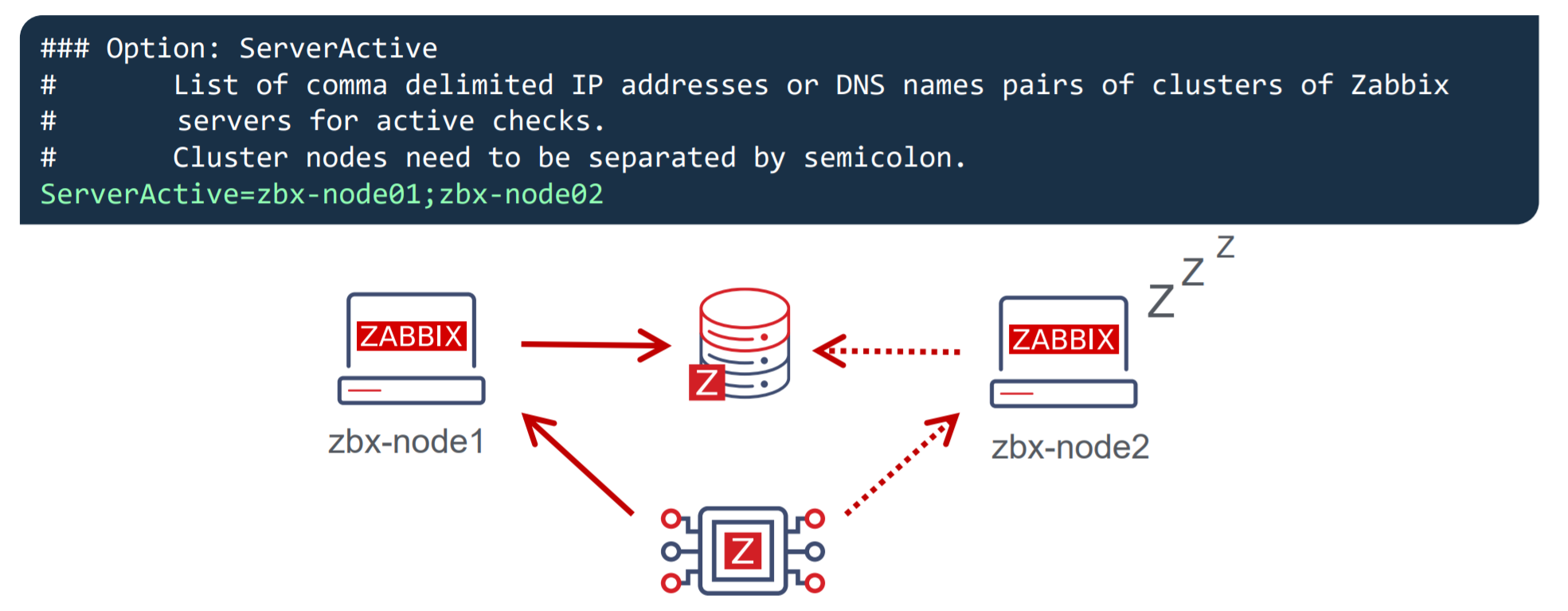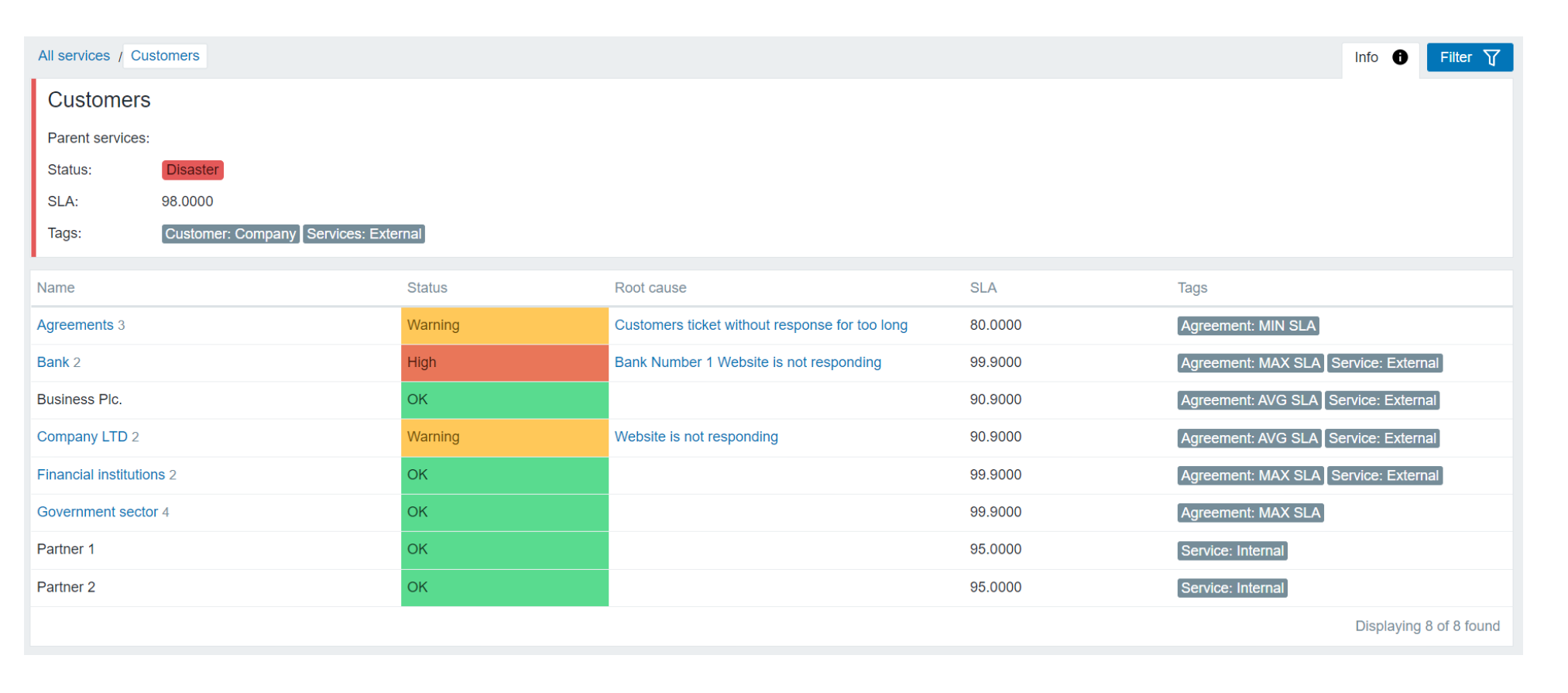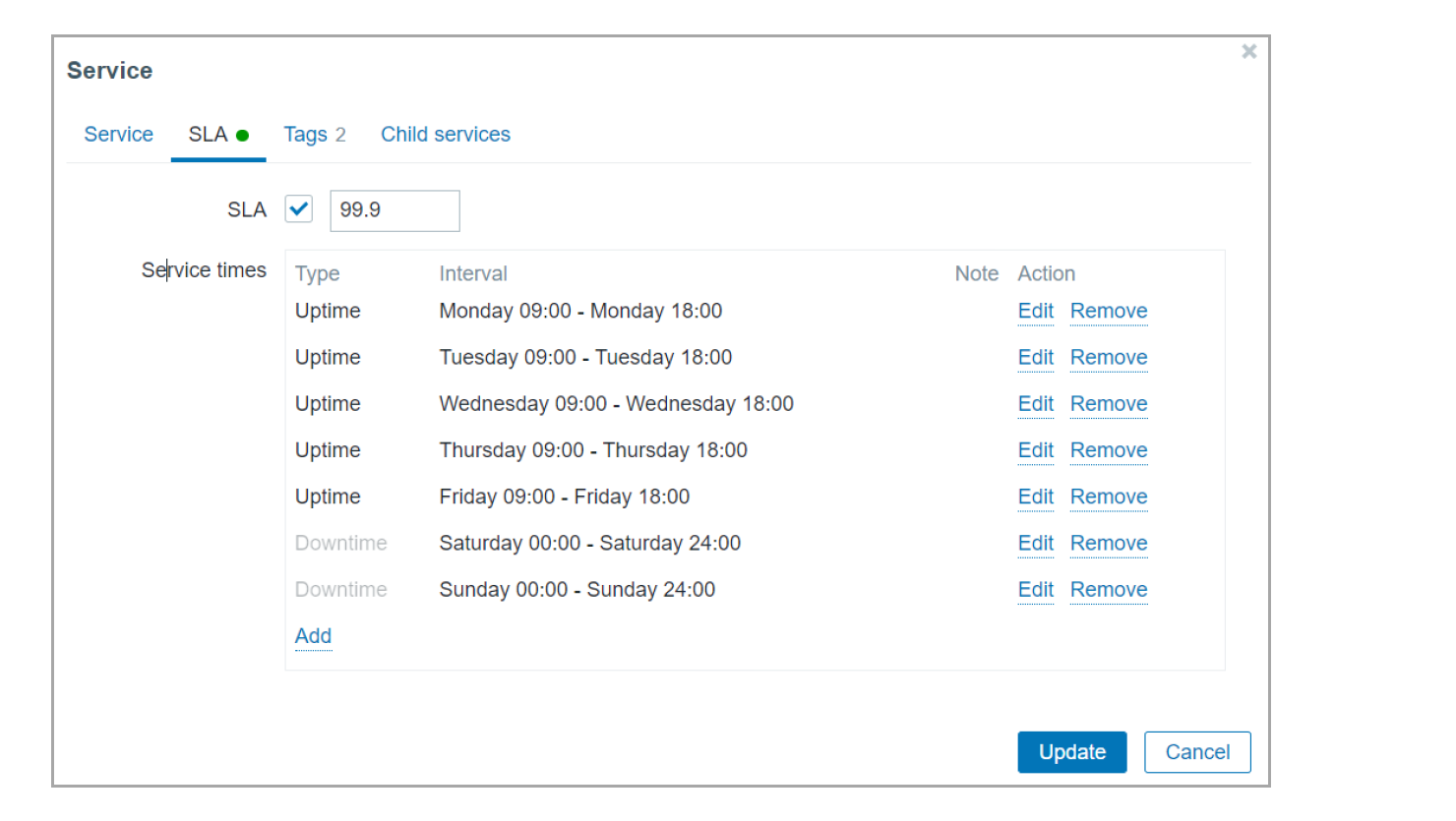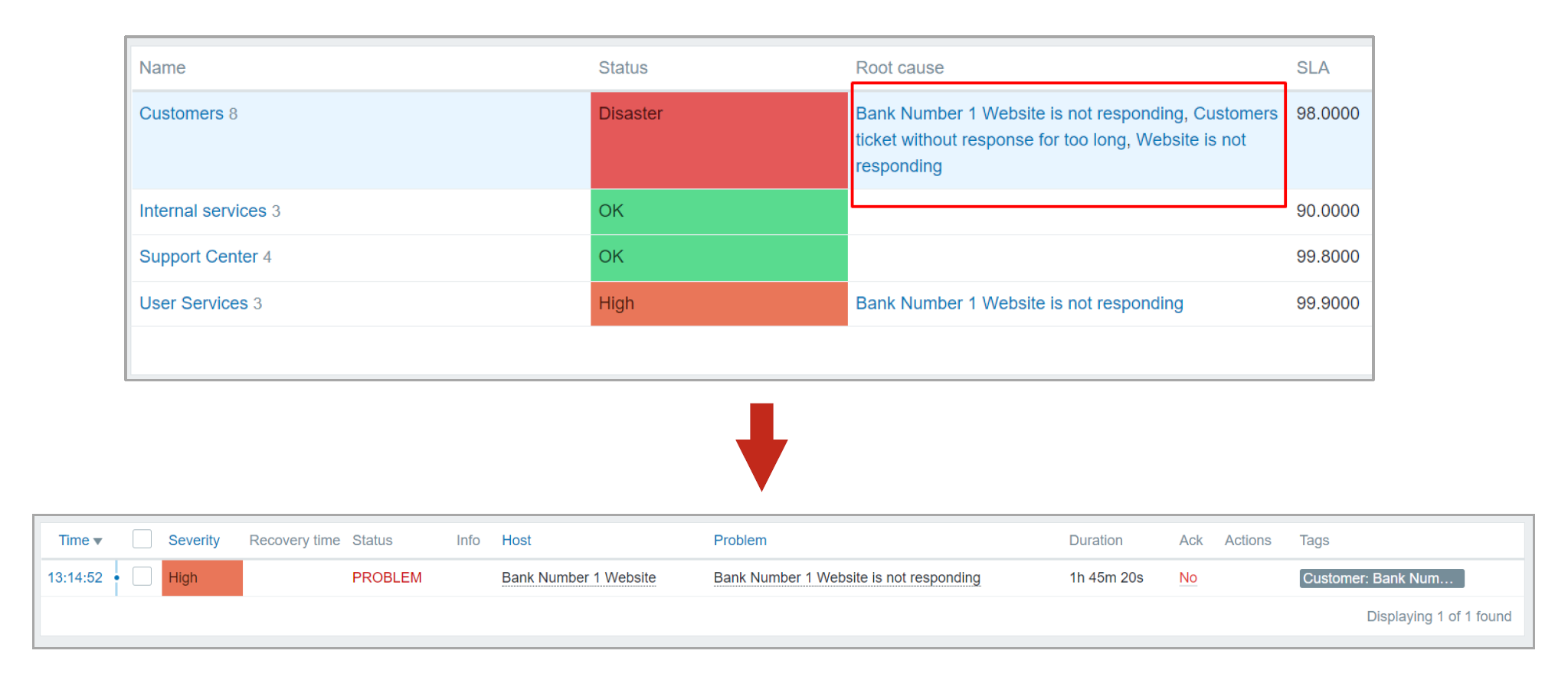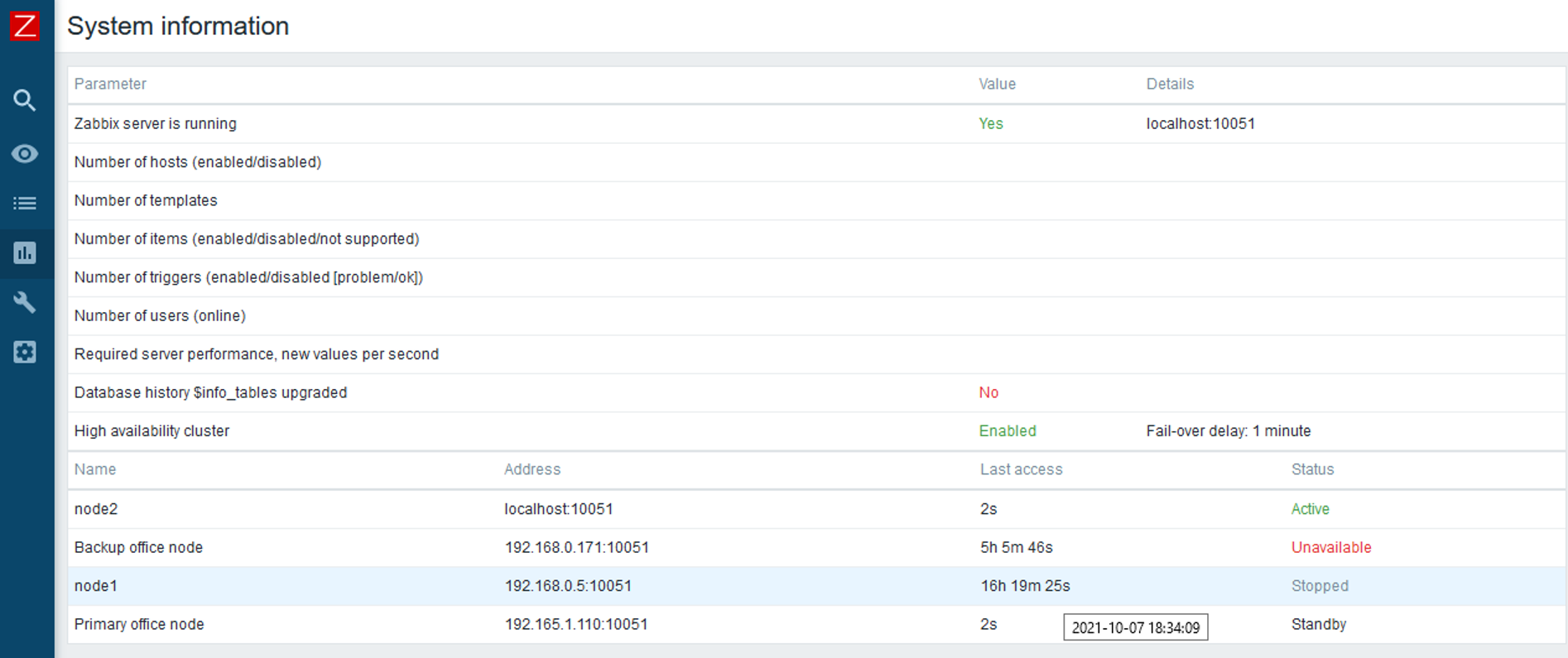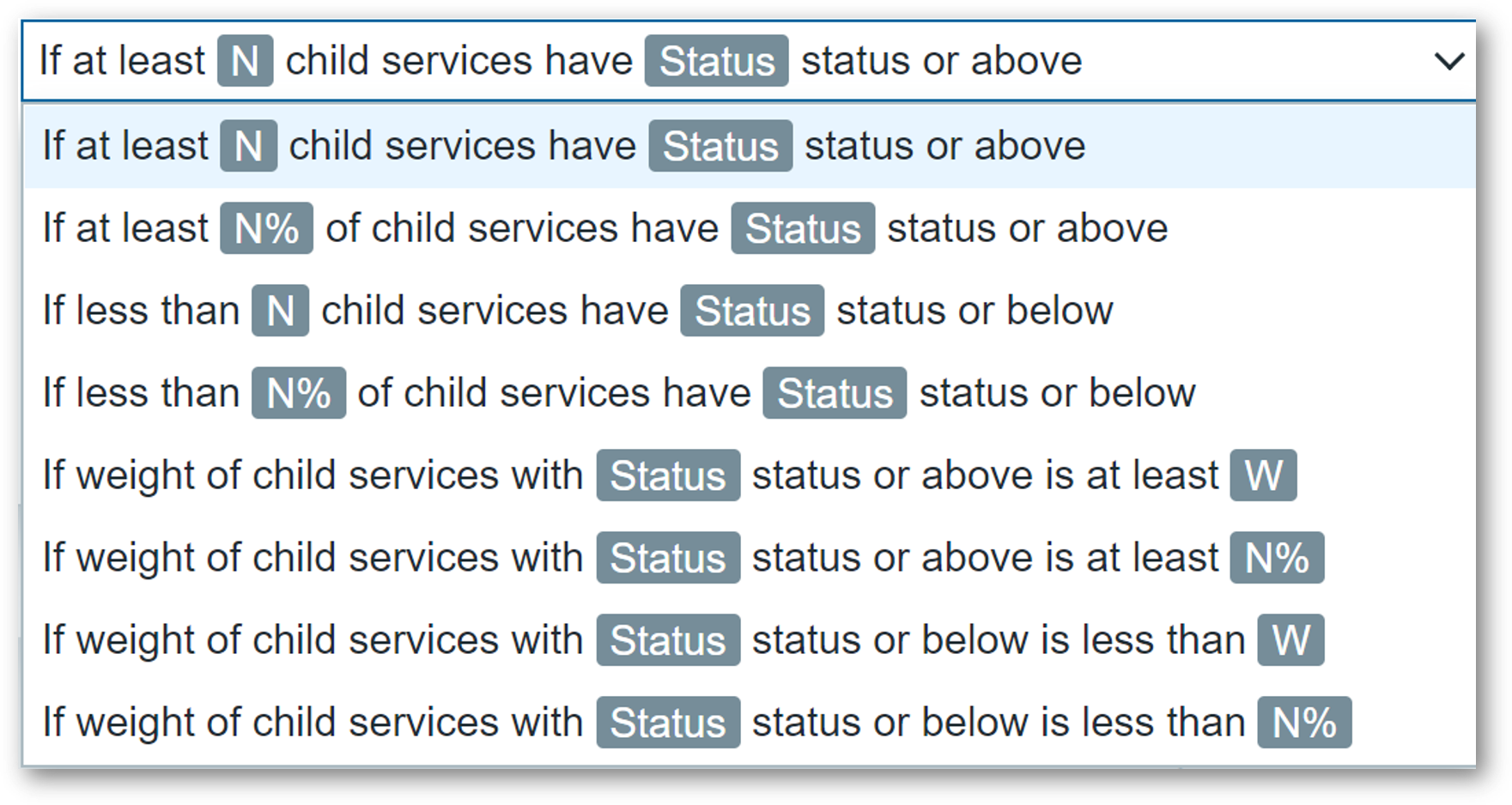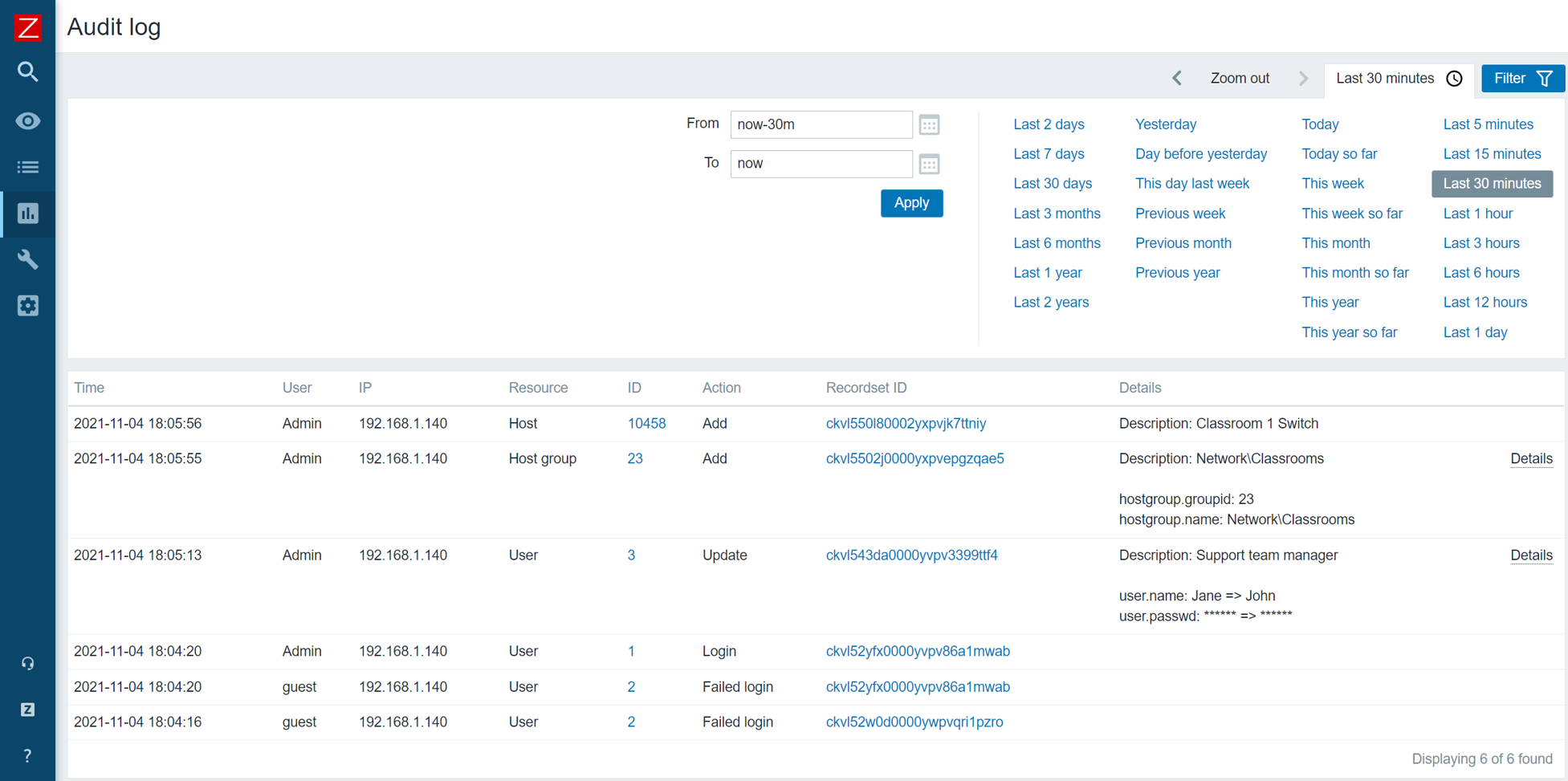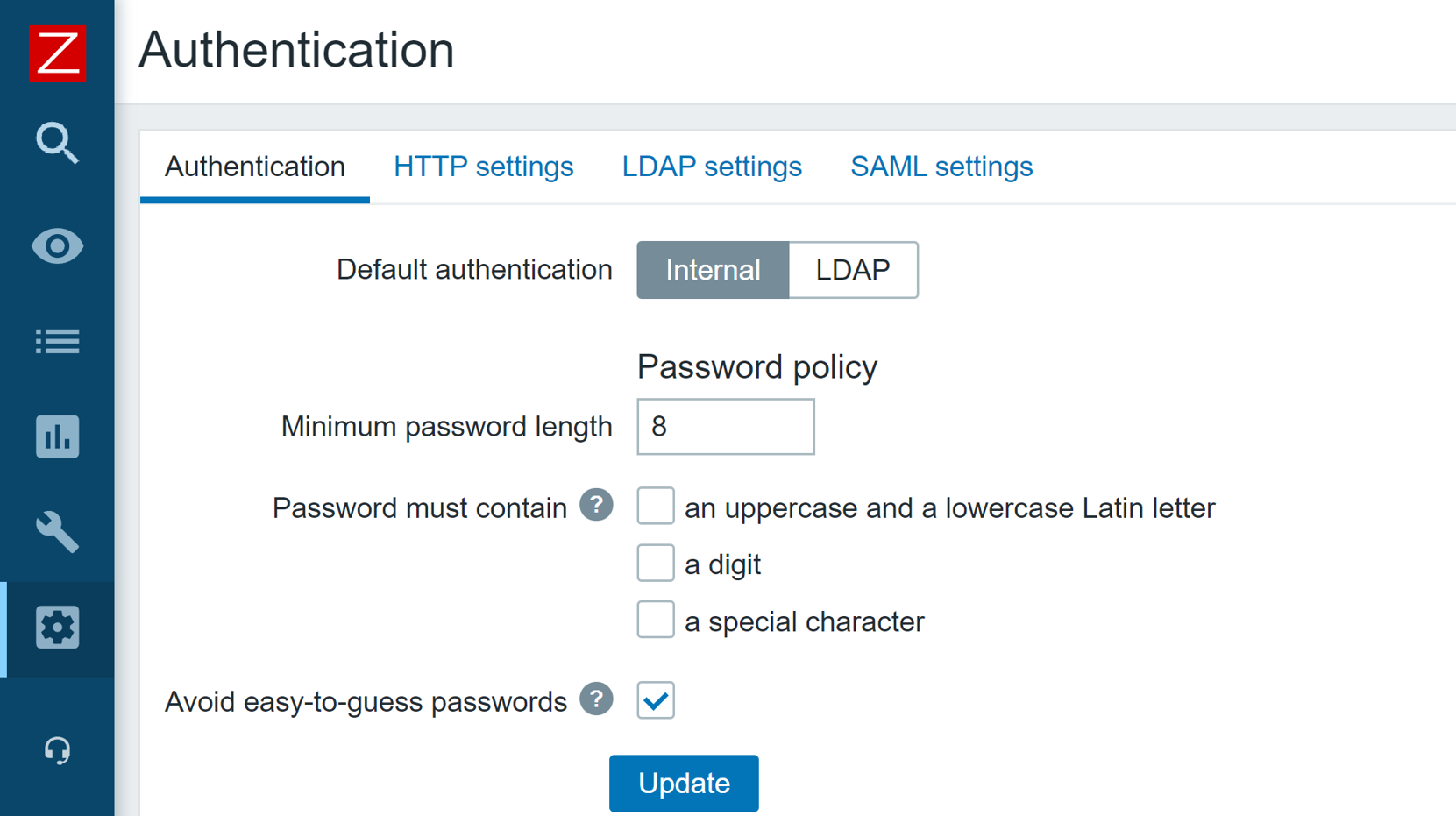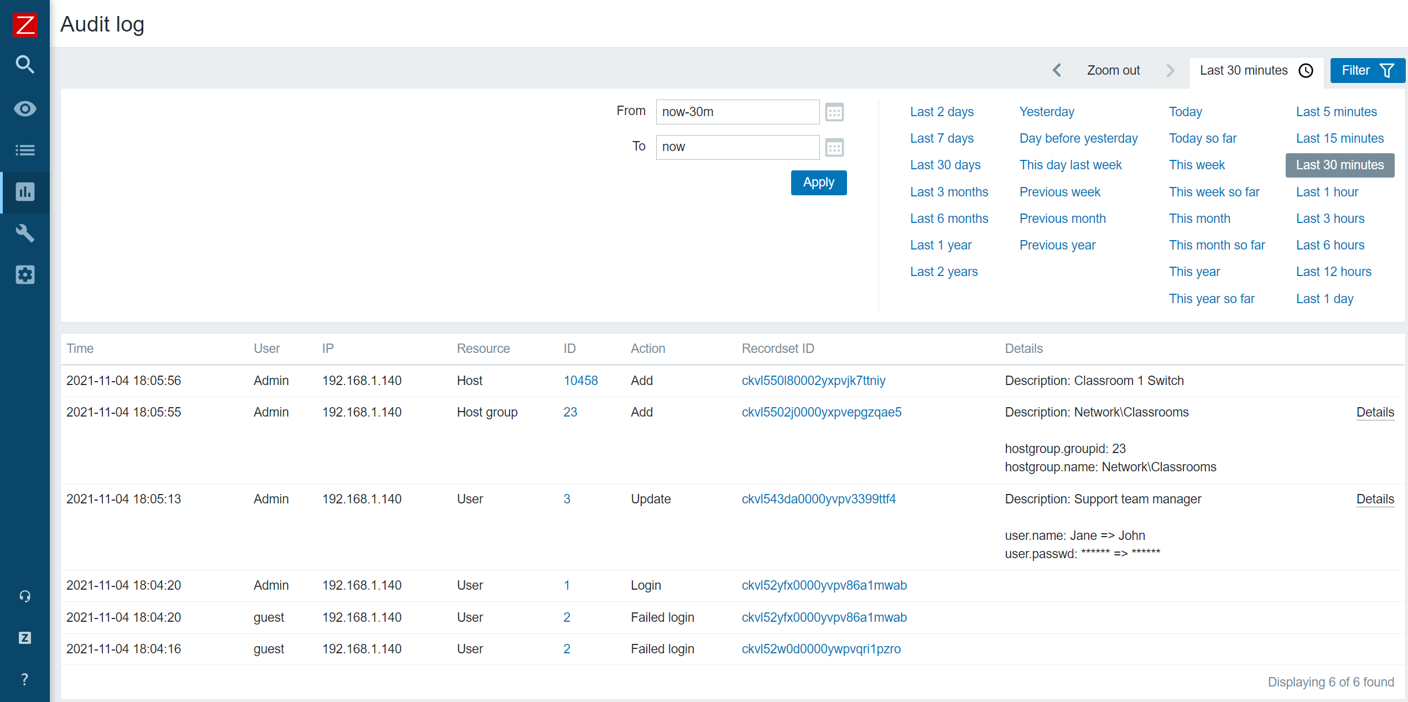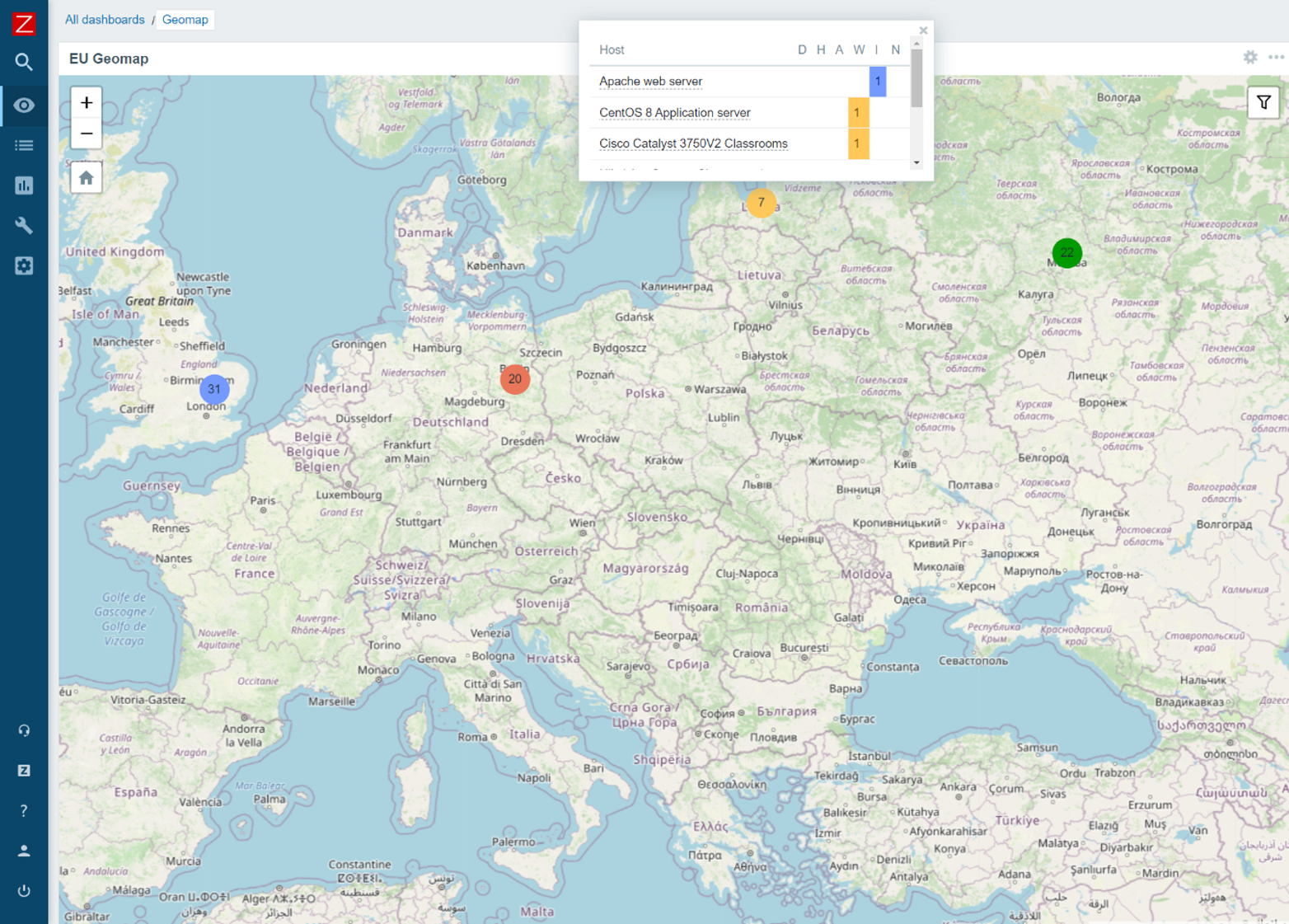Post Syndicated from Arturs Lontons original https://blog.zabbix.com/zabbix-summit-a-celebration-of-all-things-monitoring-and-open-source/21738/
Many of us have visited a number of different conferences over the years. The setting and the goal of the conferences can vary by a large degree – from product presentations to technology stack overviews and community get-togethers. Zabbix Summit is somewhat special in that, as it aims to combine all of the aforementioned goals and present them in a friendly, inclusive, and approachable manner.
As an open-source product with a team consisting of open-source enthusiasts, it is essential for us to ensure that the core tenets of what we stand for are also represented in the events that we host, especially so for Zabbix Summit. Our goal is for our attendees to feel right at home and welcome during the Summit – no matter if you’re a hardened IT and monitoring professional or just a beginner looking to chat and learn from the leading industry experts.
Connecting with the Zabbix community
Networking plays a large part in achieving the goals that we have set up for the event. From friendly banter during coffee breaks and speeches (you never know when a question will turn into a full-fledged discussion) to the evening fun-part events – all of this helps us build our community and encourages people to help each other and mutually contribute to each other’s projects.
Of course, the past two years have challenged our preconceptions of how such an event can be hosted in a way where we achieve our usual goals. While hosting a conference online can make things a bit more simple (everyone is already in the comfort of their home or office and organizers don’t have to spend time and other resources renting a venue, for example) the novelty of “online events” can wear of quite quickly. The conversations don’t flow as naturally as they do in person. Perusing through a list of attendees in Zoom isn’t quite the same as noticing a friend or recognizing an acquaintance while standing in line at the snack bar. As for the event speakers – steering your presentation in the correct direction can be quite complex without observing the emotional feedback of your audience. Are they bored? Are they excited? Is everyone half asleep 5 minutes in? Who knows.
With travel and on-premise events slowly becoming a part of our lives again, we’re excited to get back to our usual way of hosting Zabbix Summit. In 2022, it will be held on-premises in Riga, Latvia on October 7-8, and we can’t wait to interact with our community members, clients, and partners face-to-face again!
Making the best Zabbix Summit yet
As with every Zabbix Summit, this year’s event will build on the knowledge and feedback we have gained in previous years to make this year’s Summit the best it has ever been. This year will be special for us – we will be celebrating the 10th anniversary of the Zabbix Summit hosted on-premises! In addition to conducting the event on-site, we will also be live-streaming the event online, so if you can’t meet us in person – tune in and say hello to the Zabbix team virtually!

Over the years we have managed to define a set of criteria for the Zabbix Summit speeches with the goal to provide content that can deliver unique value to our attendees. As a Zabbix certified trainer, a Zabbix fan, and a long-time Zabbix user, I know that there are certain types of speeches that immediately attract my attention:
- In-depth Zabbix functionality overviews from Zabbix experts or Zabbix team members
- Unique business monitoring use cases
- Custom Zabbix integrations, applications, and extensions
- How Zabbix is used in the context of the latest IT trends (e.g.: Kubernetes, cloud environments, configuration management tools such as Ansible and Chef)
- Designing and scaling Zabbix deployments for different types of large and distributed environments
This is something that we try to put extra focus on for the Zabbix Summit. Speeches like these are bound to encourage questions from the audience and serve as a great demonstration of using Zabbix outside the proverbial box that is simple infrastructure monitoring.
Looking back at Zabbix Summit 2021, we had an abundance of truly unique speeches that can serve as guidelines for complex monitoring use cases. Some of the speeches that come to mind are Wolfgang Alper’s Zabbix meets television – Clever use of Zabbix features, where Wolfgang talked about how Zabbix is used in the broadcasting industry to collect Graylog entries and even monitor TV production trucks!
Not to mention the custom solution used for host identification and creation in Zabbix called Omnissiah, presented during the last year’s Zabbix Summit by Jacob Robinson.
As Zabbix has greatly expanded its set of features since the previous year’s summit, this year we expect the speeches to cover an even larger scope of topics related to many different industries and technology stacks.
Workshops – what to expect
Workshops are a whole other type of ordeal. In an environment where we can have participants coming from different IT backgrounds with very different skill sets, it’s important to make the workshop interesting, while at the same time making it accessible to everyone.

There are a few ways we go about this to ensure the best possible workshop experience for our Zabbix Summit attendees:
- Use native Zabbix features to configure and deploy unique use cases
- Focus on a thorough analysis of a particular feature, uncovering functionality that many users may not be aware of
- Demonstrate the latest or even upcoming Zabbix features
- Interact with the audience and be open to questions and discussions
In the vast majority of cases, this allows keeping a smooth pace during the workshop while also having fun and discussing the potential use cases and the functionality of the features on display.
Becoming Zabbix certified during Zabbix Summit 2022
But why stop at workshops? During the Zabbix Summit conferences, we always give our attendees a chance to test their knowledge by attempting to pass the Zabbix certified user, specialist, or professional certification exams. The exams not only test your proficiency in Zabbix but can also reveal some missing pieces in your Zabbix knowledge that you can discuss with the Zabbix community right on the spot. Receiving a brand new Zabbix certificate is also a great way to start your day, won’t you agree?

This year the Summit attendees will also get the chance to participate in Zabbix one-day courses focused on problem detection, Zabbix security, Zabbix API, and data pre-processing. Our trainers will walk you through each of these topics from A-Z and they’re worth checking out both for Zabbix beginners as well as seasoned Zabbix veterans. I can attest that by the end of the course you will have a list of features that you will want to try out in your own infrastructure – and I’m saying that as a Zabbix-certified expert.
As for those who already have Zabbix 5.0 certifications – we’ve got a nice surprise in store for you too. We will be holding Zabbix certified specialist and professional upgrade courses, which will get you up to speed with the latest Zabbix 6.0 features and upgrade your certification level to Zabbix 6.0 certified specialist and professional.
Scaling up the Zabbix Summit
But we haven’t slumbered for the last two years of working and hosting events remotely. We have continued growing as a team and expanding our partner and customer network. Who knows what surprises October will bring, but currently our plan is for Zabbix Summit 2022 to reflect our growth.

Currently, we stand to host approximately 500 attendees on-site and expect the online viewership to reach approximately 7000 unique viewers from over 80 countries all across the globe.
With over 20 speakers from industries such as banking and finance, healthcare and medical, IT & Telecommunications, and an audience consisting of system administrators, engineers, developers, technical leads, and system architects, Zabbix Summit is the monitoring event for knowledge sharing and networking across different industries and roles.
The fun part
Spending the major part of the day networking and partaking in knowledge sharing can be an amazing experience, but when all is said and done, most of us will want to unwind after an eventful day at the conference. The Zabbix Summit conference fun part events are where you will get to strengthen your bonds with other fellow Zabbix community members and simply relax in an informal atmosphere.

The Zabbix Summit fun part consists of three parties.
- Kick off Zabbix Summit 2022 by joining the Zabbix team and your fellow conference attendees for an evening of social networking and fun over cocktails and games at the Meet & Greet party.
- Join the main networking event to mark the 10th anniversary of the Zabbix Summit. Apart from good vibes, cool music, and like-minded people, expect the award ceremony honoring the most loyal Zabbix Summit attendees, fun games to play, and other entertaining activities.
- Celebrate the end of the Zabbix Summit 2022 by attending the closing party where you can network with conference peers and discuss the latest IT trends with like-minded people in a relaxed atmosphere.

Invite a travel companion
Zabbix Summit is also a great chance to take a friend or a loved one to the conference. The conference premises are located in the very heart of Riga – perfect for taking strolls across and exploring Riga Old Town.
If you’re interested in a more guided experience for your companion, we invite you to register for the Travel companion upgrade. Your travel companion will get to enjoy the Riga city tour followed by a lunch with the rest of the guests accompanying the Zabbix conference participants. Last time, we nurtured our travel companions with a delightful tour across the Riga Central market, accompanied by the Latvian-famous chef Martins Sirmais, and full of local food tasting. Our team is preparing something special also for this year. The tour will take place on October 7 during the conference time.
Visit the Zabbix offices
Are you a fan of the product and what we stand for? Why not pay us a visit and attend the Zabbix open doors day on October 6 from 13:00 till 15:00. Take a tour of the office and sit down with us for an informal chat and a cup of coffee or tea. There won’t be any speeches, workshops, or presentations, just friendly conversations with Zabbix team, our partners, and the community to warm up before the Summit. Although, there might be friendly foosball and office badminton tournaments if any volunteers will appear.

All things said and done – Zabbix Summit is not only about deep technical knowledge and opinion sharing on monitoring. It is and has always been primarily a celebration of the Zabbix community. It is the community feedback that largely shapes the Zabbix summit and helps us build upcoming events on the foundations laid in the previous year. Throughout the years Zabbix summit has grown into much more than a simple conference – it’s an opportunity to travel, visit us, connect with like-minded people and spend a couple of days in a relaxed atmosphere in the heart of a beautiful Northern European city.
The post Zabbix Summit: A celebration of all things monitoring and open-source appeared first on Zabbix Blog.
